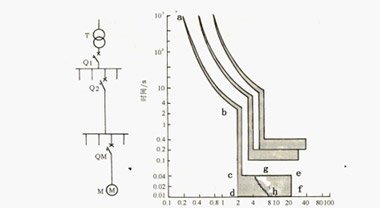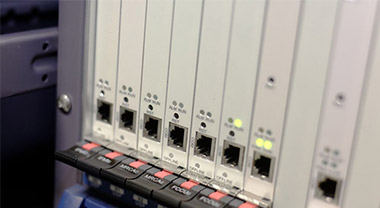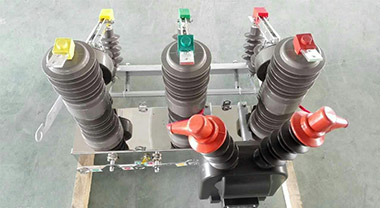Analysis of Breaker Overstep Tripping
In our daily electromechanical maintenance, we sometimes encounter the first-level circuit breaker tripping that is supposed to use electrical equipment, but why the upper-level or next-level circuit breaker trips? The following author analyzes the reasons for everyone.
The main situation of skipping trip:
- The load capacity of the main switch is less than the total load capacity of the sub-switches.
- The main switch has a leakage protection device but the sub-switch does not. The main switch trips when the electrical leakage is greater than or equal to 30 mA.
- The two-stage circuit breaker protection does not match, try to use the same brand circuit breaker.
- Frequent operation of the main switch with load causes poor contact with electric shock and carbonization, and increases in resistance and current rises and trips.
- The protection configured by the lower-level circuit breaker cannot correctly determine the fault (for example, a single-phase ground fault but no zero sequence protection is configured).
- The aging of the circuit breaker causes the shunt tripping time to become longer, and a sub-switch with a shunt tripping time shorter than that of the previous switch should be replaced.
Over-level trip processing method
If the upper-level circuit breaker skips tripping, if it is found that there is a shunt protection action, but the shunt circuit breaker has not tripped, the circuit breaker of this level will be opened, and then the upper-level circuit breaker will be restored.
If it is found that none of the shunt protections have been activated, check whether the equipment within the power outage range is faulty. If there is no fault, close the upper-level circuit breaker and try to send each shunt circuit breaker one by one. When the power circuit breaker trips again when it is sent to a branch, it can be determined that the circuit breaker is a fault circuit breaker. The line can be isolated for maintenance and replacement.




